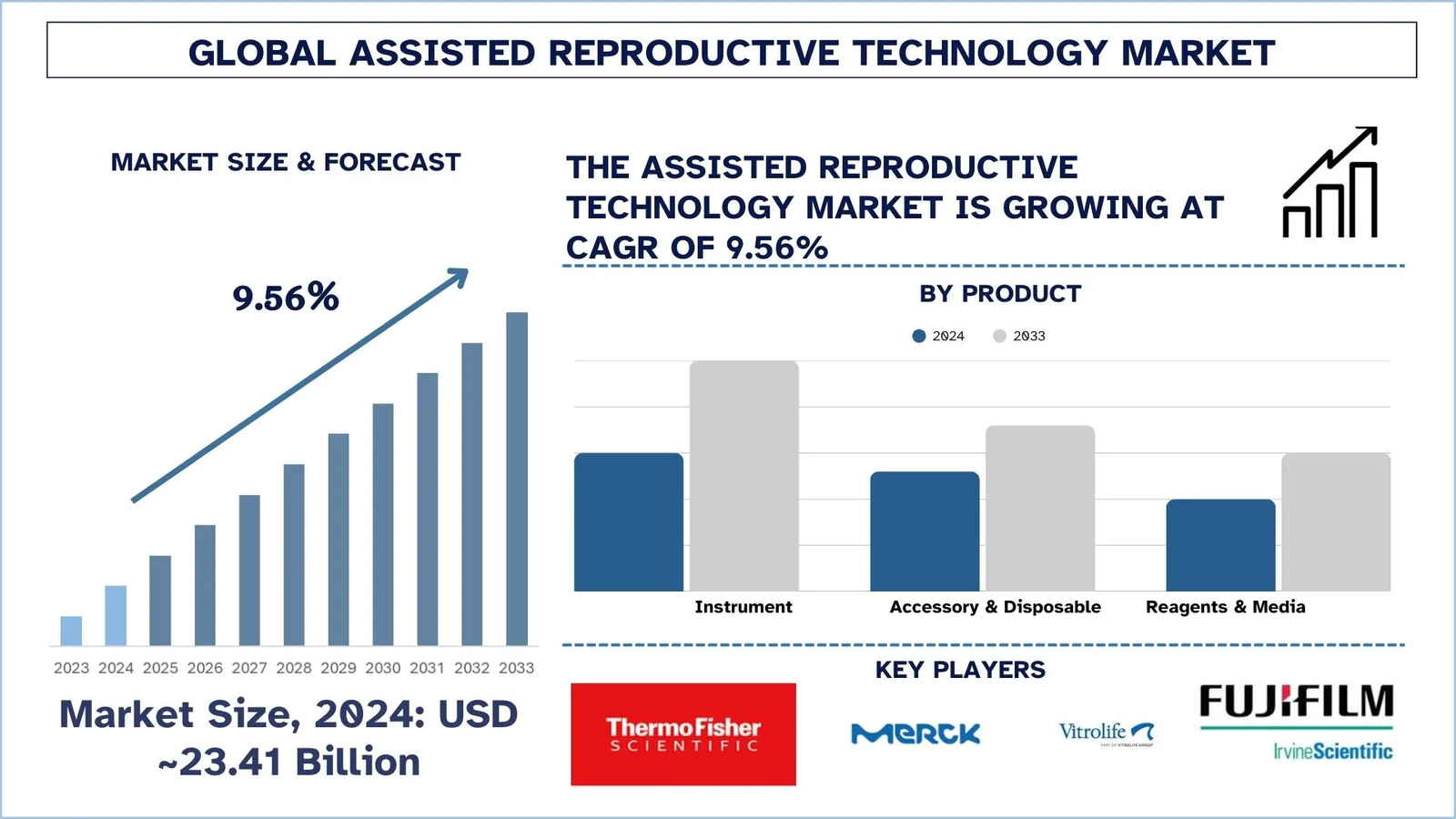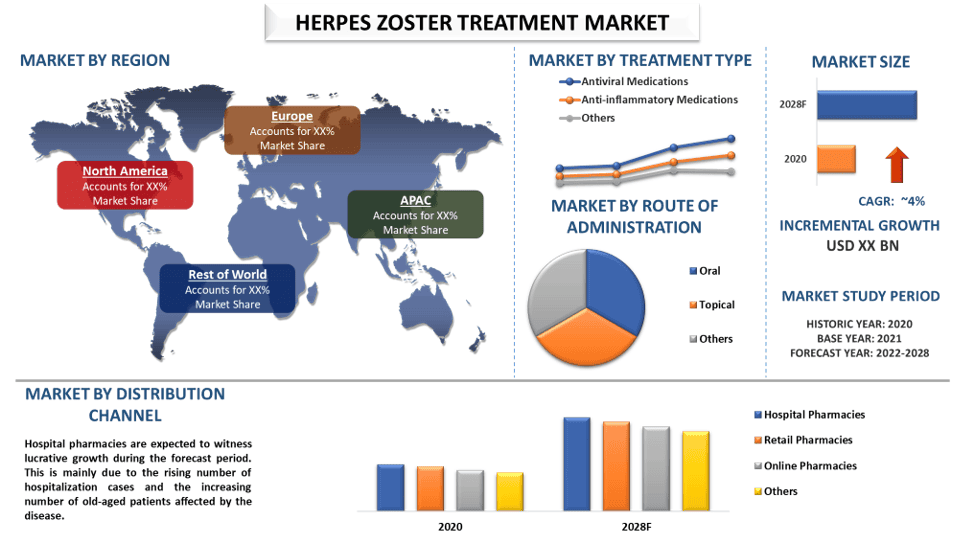As the web continues to evolve, so do the security challenges facing developers. With the increasing reliance on Reactjs security to build scalable and user-friendly web applications, it’s important to stay ahead of the curve.
The future of React security will be shaped by emerging technologies, best practices, and evolving threats. In this blog post, we’ll explore the trends and predictions for Reactjs security in 2025, helping you prepare for the challenges ahead.
React Security Trends to Watch in 2025
The landscape of React.js security is continuously changing. With an increasing number of applications relying on React for their frontend.
The potential attack surface grows, making security a top priority for developers. Here’s what to expect in Reactjs security best practices in the coming years.
1. Rise of Zero-Trust Security Models
In 2025, zero-trust security models will become more common in React applications. The zero-trust approach assumes that no one whether inside or outside the network is trusted by default. Every request, whether it comes from an authenticated user or a new one, will be rigorously verified before it is allowed access to sensitive data.
This model fits perfectly with React best security practices, especially as React applications grow in complexity and interact with APIs and microservices.
Expect to see tools and libraries supporting zero-trust principles integrated into React apps, where authentication, encryption, and access control are enhanced.
2. Increased Use of Biometric Authentication
With a stronger focus on security, biometric authentication will play a more significant role in React apps in 2025. Facial recognition, fingerprint scanning, and voice recognition technologies are becoming more mainstream.
React developers will leverage these methods to improve the security of authentication processes. Integrating biometric authentication with React apps will add a layer of security that is harder to bypass than traditional methods like passwords.
Expect to see React components that make it easier to integrate biometric authentication into your apps, offering a more secure and seamless login experience for users.
3. Improved API Security with OAuth and JWT
As the use of APIs continues to increase, securing API calls in React will remain a top priority. OAuth and JWT (JSON Web Tokens) will continue to dominate the landscape for API authentication.
However, new developments will focus on improving the security of these methods ensuring that tokens and credentials are stored and transmitted securely.
In 2025, developers will increasingly rely on best practices for secure React API calls, such as:
- Storing JWT tokens securely in HTTP-only cookies.
- Using OAuth 2.0 for secure and token-based authentication with third-party services.
- Enhancing token expiration and refresh mechanisms to prevent unauthorized access.
4. Advanced Threat Detection and Monitoring Tools
As part of the future of web security, the need for real-time threat detection and monitoring will become more prominent in React applications. Developers will increasingly integrate AI-powered monitoring tools to detect unusual behaviors and security breaches. These tools will provide real-time alerts, helping teams respond quickly to potential vulnerabilities and attacks.
Expect React.js security to incorporate machine learning algorithms to predict potential security threats before they even occur. For example, unauthorized access attempts, data manipulation, and unusual traffic patterns could be flagged by these smart monitoring systems.
5. Secure State Management Practices
State management in React apps will be a growing focus for Reactjs security. As applications become more complex, developers will need to ensure that sensitive data in the state is properly protected. With trends like state manipulation attacks on the rise, securing local and global state management systems (like React Redux) will be essential.
How to Secure React State Management:
- Implement immutable data structures to prevent unauthorized state modifications.
- Use encryption for sensitive data stored in state.
- Apply role-based access control (RBAC) to prevent users from accessing restricted data.
These advanced state management practices will be a critical part of Reactjs security best practices in 2025.
Predictions for React Security in 2025
As we move into 2025, React.js security will become even more streamlined and integrated into the development lifecycle. Here are a few predictions for Reactjs security:
- Security-first development: More developers will adopt security-first practices, ensuring that security vulnerabilities are identified and mitigated early in the development process. This will be supported by tools like security linting and automated vulnerability scanners integrated into the build process.
- Integration of blockchain for authentication: With the rise of decentralized applications (dApps), blockchain technology could be integrated into React best security for secure authentication and identity management, providing an additional layer of security for users.
Conclusion: Staying Ahead with React Best Security Practices
The future of Reactjs security looks promising, with emerging trends that promise to make React applications more secure than ever.
By staying informed about React trends, implementing Reactjs Security Best Practices 2025 and proactively addressing emerging threats, developers can build safer, more reliable applications.
















Leave a Reply